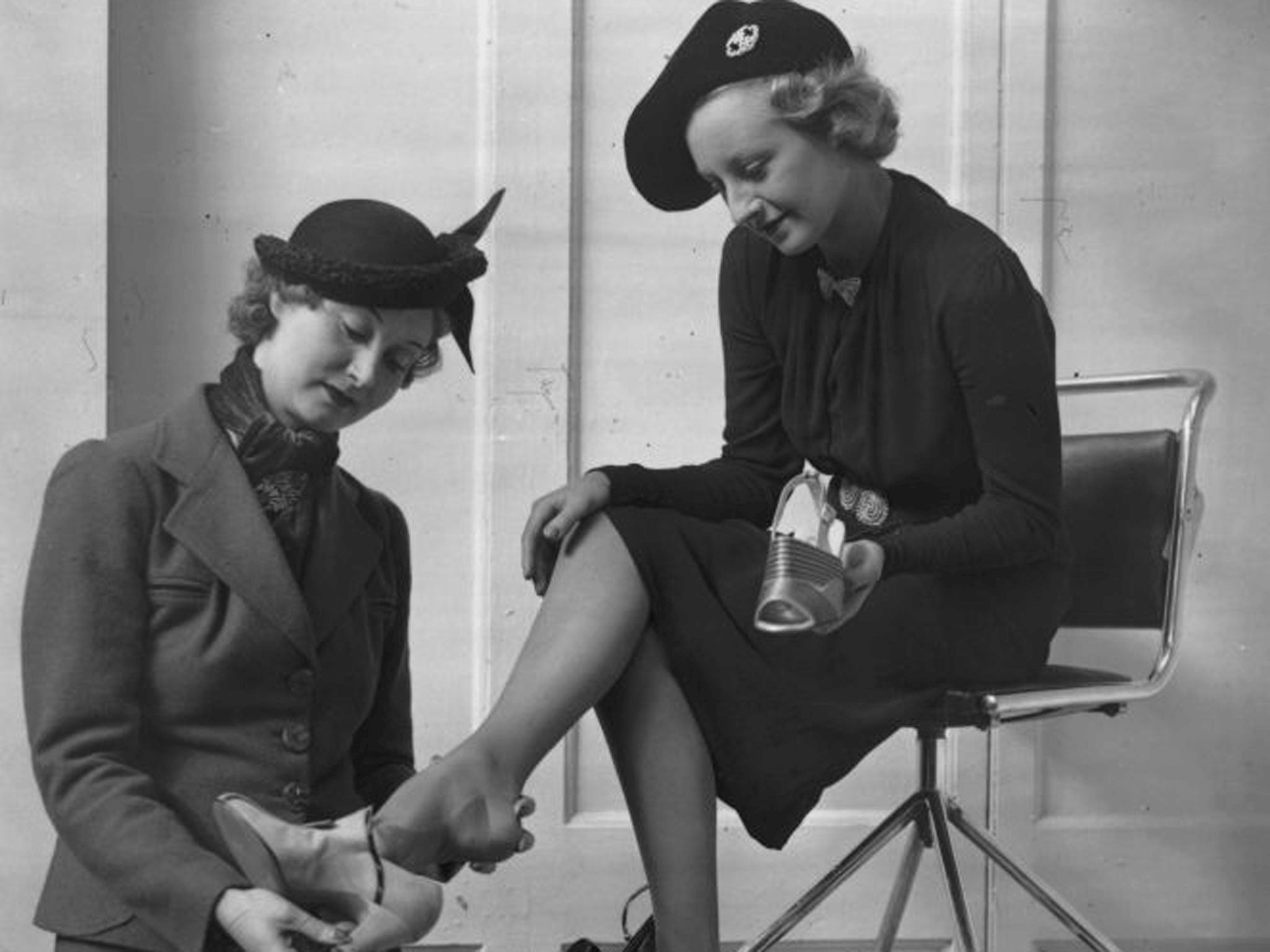Why Britain's feet are getting bigger
The nation's feet have grown by two shoe sizes in just four decades. In fact, we're bigger and taller all over, reports Jeremy Laurance – and that may not be a good thing

[This article was first published in 2014]
In the world of shoes, things are changing, and not always for the better. Size six is the new four (for women), and size 10 the new eight (for men).
Our feet are getting bigger, increasing by an average of two sizes over the past four decades, according to the College of Podiatry.
Once, a size 14 shoe marked a man out as a giant. Not any more. Retailers whose upper shoe sizes stopped at 12 are now stocking sizes 13 and 14 as standard.
Requests for sizes 6 and 7 used to be common from men. Now 9, 10, 11 and 12 are more frequent. The average shoe for women is also becoming broader and longer. Where it used to be difficult to find a size 6, now that is the norm. One retailer has dubbed the trend Bigfoot Britain.
But this is not just a UK phenomenon. In the US, the average female foot was a 6.5 in the 1960s (equivalent to UK size 4), rising to 7.5 in the 1970s (UK 5). Today, the average American woman has a shoe size between 8.5 and 9 – equivalent to a UK 6.5. Kate Winslet is US size 11 (UK 8.5) and Rihanna a US 9 (UK 6.5).
That is a substantial increase in a relatively short time. But this is no Darwinian effect. There is no survival advantage to having bigger feet in the 21st century.
There is a downside, however – people try to squeeze their growing feet into shoes that are too small for them. In some cases, this may be vanity, in others driven by availability – the larger sizes are often in short supply. But the consequences are measured in pain, bunions, foot deformities and joint problems.
There are two factors behind the growth. First, our bodies are getting bigger, not just our feet. And they tend to grow bigger and bigger as we age. Rising obesity is the health problem of the hour.
With all that extra weight to carry, it is not surprising that feet are spreading. A poll of 2,000 British adults conducted by the college found that more than 60 per cent of men and women said their feet had got wider over the years.
If someone is gaining weight, the feet splay to accommodate the increased pressure. Feet problems arise when they fail to acknowledge what is happening and still try to squeeze their swelling feet into their favourite Blahniks instead of settling for a comfortable pair of crocs.
The second factor is that we are starting out bigger, from childhood. You only have to look at archive pictures of school children performing exercises from the 1950s and compare them with their modern Amazonian equivalents.
Better nutrition is the key factor. A richer diet increases growth and brings earlier puberty, boosting growth further. The more that children eat, the more their growth hormone is stimulated, putting on extra height.
In the century from 1870 to 1980, the average European male put on five inches, from 5ft 5ins to 5ft 10ins – almost half an inch each decade. (There are no comparable figures for women.) As populations grew healthier, better nourished and better housed, they grew taller – and tall people have bigger feet.
In 1961, the average 11-year-old boy had size three-and-a-half to four feet and the average 11-year-old girl size three feet. Now the average 11-year-old boy has size four-and-a-half to five feet and the average girl size four feet.
In more recent decades, as childhood obesity has become a problem, the effects have been felt at ground level. Children's bones are soft and supple, and while they are growing, can spread under excess weight. If the bones are still forming and an overweight child is putting their weight on them, the arch tends to flatten.
Bigfoot Britain thus risks becoming Flatfoot Britain – unless we keep on our toes.


Join our commenting forum
Join thought-provoking conversations, follow other Independent readers and see their replies
Comments